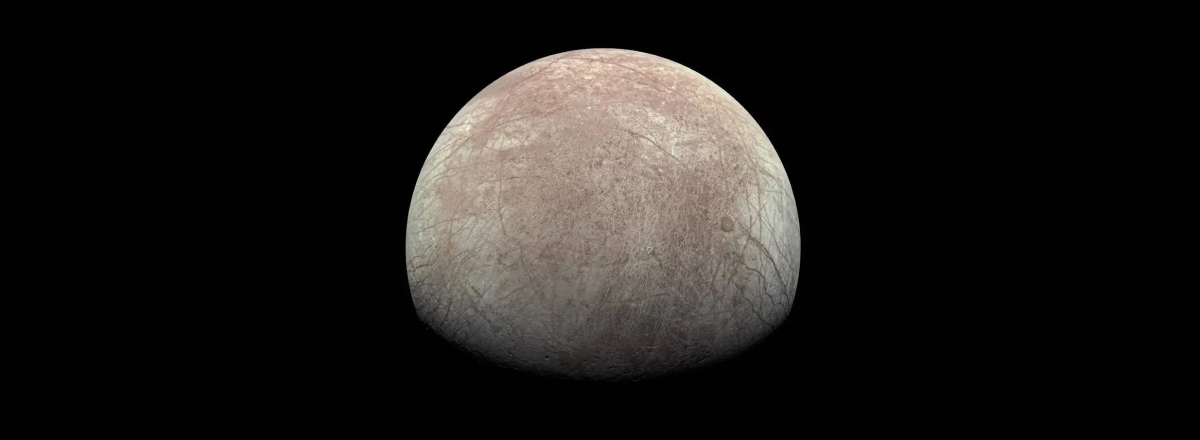NASA's Juno Spacecraft Reveals the Daily Oxygen Production of Jupiter's Europa
This process might allow oxygen to seep into the underground ocean, combining with volcanic materials to create a "chemical soup" where life could potentially emerge.

NASA's Juno spacecraft has brought to light fascinating data about Europa, one of Jupiter's moons, revealing it produces a significant amount of oxygen daily—enough to potentially support one million humans. This discovery raises intriguing questions about the potential for life in Europa's vast subsurface ocean, hidden beneath its icy shell.
Scientists with NASA’s #JunoMission to Jupiter have calculated the rate of oxygen being produced at Europa to be about 26 pounds (12 kg) per second. Europa's atmosphere is very thin, but some of this oxygen could work its way into its subsurface ocean. https://t.co/4hgRag4oVE pic.twitter.com/3apMkSnp1m
— NASA Europa Clipper (@EuropaClipper) March 4, 2024
Europa has long captivated scientists with its massive ice sheet and the mysterious, kilometers-deep ocean it conceals. Previous missions like Galileo hinted at oxygen production on Europa through surface bombardment by charged particles from Jupiter. This process, occurring amidst Jupiter's intense radiation belts, splits water molecules from the moon's icy surface into oxygen and hydrogen.
Juno's close flyby provided new insights, identifying hydrogen outgassing and, by extension, the production of oxygen. Although the measured rate of oxygen production—12 kilograms per second—is less than some earlier estimates, it's still substantial. This process might allow oxygen to seep into the underground ocean, combining with volcanic materials to create a "chemical soup" where life could potentially emerge.
The findings, while intriguing, also underscore the complexity of Europa's environment. The oxygen generated is believed to stay closer to the surface or become trapped in the ice, with hydrogen, being lighter, rising higher into the atmosphere. Despite these challenges, the possibility of oxygen reaching the subsurface ocean offers a tantalizing hint at the conditions necessary for life.
Looking ahead, NASA's forthcoming Europa Clipper mission, set to launch in 2024 and arrive by 2030, aims to further explore Europa's habitability. Equipped with nine scientific instruments, the mission will investigate whether the icy moon possesses the conditions necessary for life.

